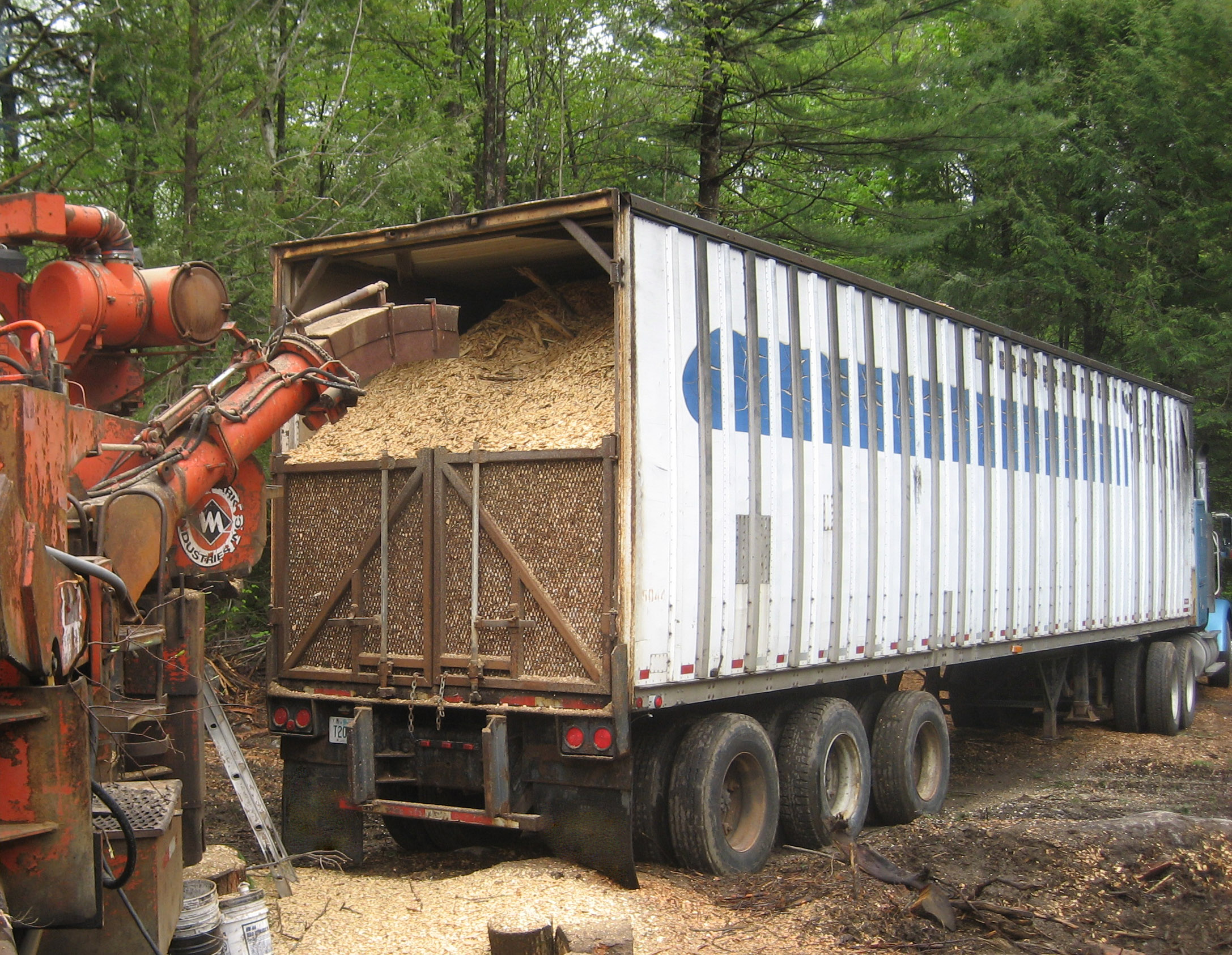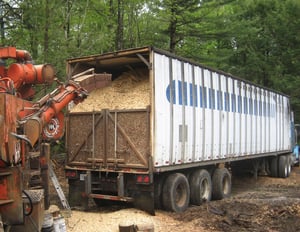2 min read
Forest2Market Report Shows Changing Demand for Wood Fiber is Impacting Residuals Markets
Forest2Market
:
January 11, 2019

As global consumer trends and demands continue to shift at an escalating pace, a new Forest2Market report shows that both structural and temporal market shifts in recent decades have impacted the markets for wood fiber residuals. The report, Changes in the Residual Wood Fiber Market 2004 to 2017, analyzes data from the US Forest Service, Forest2Market’s proprietary database of timber transactions and other scientific research to understand the relationship between the supply and demand of wood residual materials over a 14-year period.
The report was commissioned by Resources for the Future (RFF), the US Endowment for Forestry & Communities, Inc. (Endowment) and the National Wooden Pallet & Container Association (NWPCA). The geographic scope for the study was divided into two broad regions of the United States: the US South and the Pacific Northwest (PNW). Study objectives included:
- Uncovering the underlying market forces that impact the residuals market
- Assessing the nature and implications of these impacts

- Determining whether the changes occurring in the market are:
- Fundamental, structural changes that necessitate a systematic problem-solving approach, or
- Temporary, short-term, cyclical changes that require a corporate-level response
The study found that the underlying market forces that most impacted the residual market in these two regions include:
- The structural decline in printing and writing papers and other end products derived from hardwood fiber.
- Buoyant demand for softwood fiber driven by strong pulp markets and bioenergy in the form of pellets.
- Renewed softwood lumber demand and announced capacity in the US South present challenges, though more for landowners than producers of residuals.
- Fiber constraints in the PNW that have hindered growth and led to stagnant, but stable markets.
“While global markets continue to chase consumer trends, this report clearly demonstrates that rapidly-changing preferences present new opportunities for an evolving forest industry” said Pete Stewart, President and CEO of Forest2Market. “Structural changes have affected the hardwood market in the South in ways that cannot be reversed, and the increased demand for softwood makes the resource-dense region a profitable destination with globally-low cost structures. However, any growth opportunity in the PNW will be hamstrung due to high costs and resource constraints.”
“When one considers the nation’s majority owners of forests, private landowners, as contradictory as it might seem, keeping forests as forests is highly dependent upon robust and diverse markets,” said Endowment President & CEO Carlton Owen. “And in the case of public forests, those same markets are critical to keeping forests healthy in the face of changing climatic conditions and a tsunami of pests and diseases,” he noted.
Resources for the Future Vice President for Land, Water, and Nature, Dr. Ann M. Bartuska, said, “According to the report out today, a sustainable material like hardwood fiber still faces great challenges on several important fronts in the US South. For example, there has been a 25% decrease in hardwood fiber demand in the past 10 years, and the report bluntly cautions that the industry will have to address such areas if it is to survive.” But Dr. Bartuska adds, “On the other hand, new demand for softwood fiber from the US South has increased substantially, driven in part by increased demand from the European wood pellet industry. A consideration of both hardwood and softwood forest management is key to regional sustainable forestry.”
Strong markets for products like wood chips, biofuels and sawdust, allow the wood packaging sector to approach zero-waste,” said National Wooden Pallet & Container Association President & CEO Brent McClendon. “We were pleased to work with Forest2Market on this timely study as the current trends impacting hardwood and softwood residuals markets needed to be better understood.” McClendon continued, “The wood packaging industry is proud that 95% of all wood pallets are reused, refurbished, and recycled. In addition to being used for wood pellets, mulch, and paper, our industry’s environmental success story needs a full array of strong markets for wood residuals, and this study provides useful information to guide future policy discussions.”





